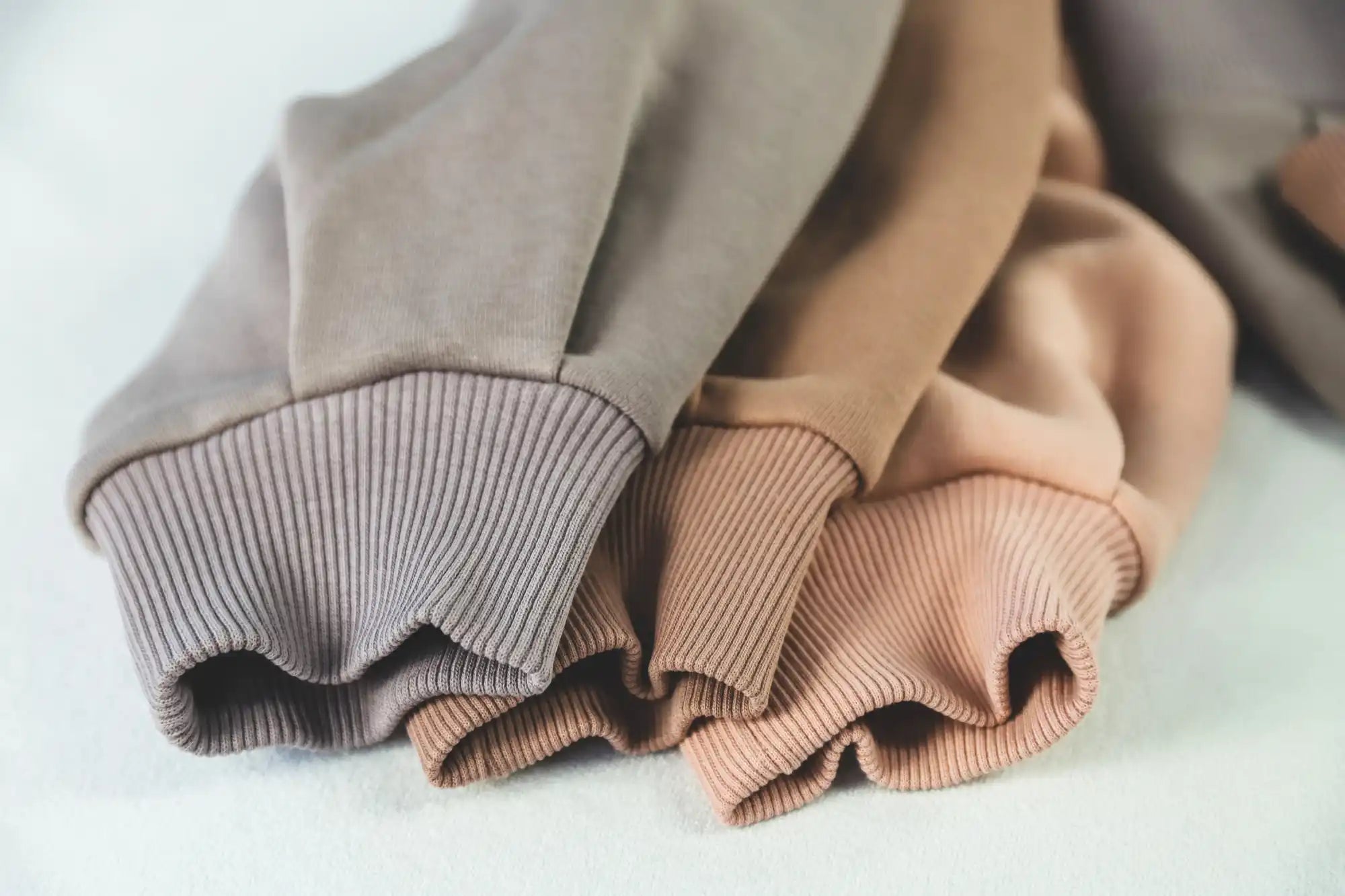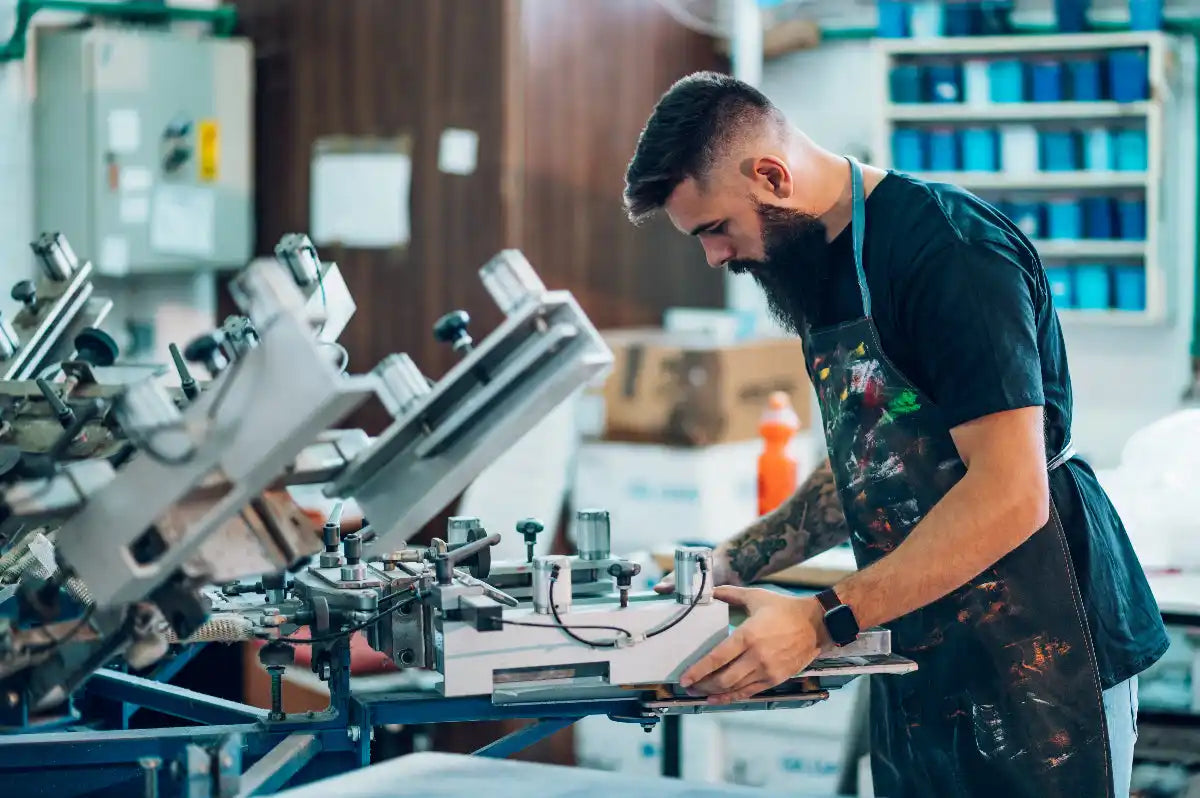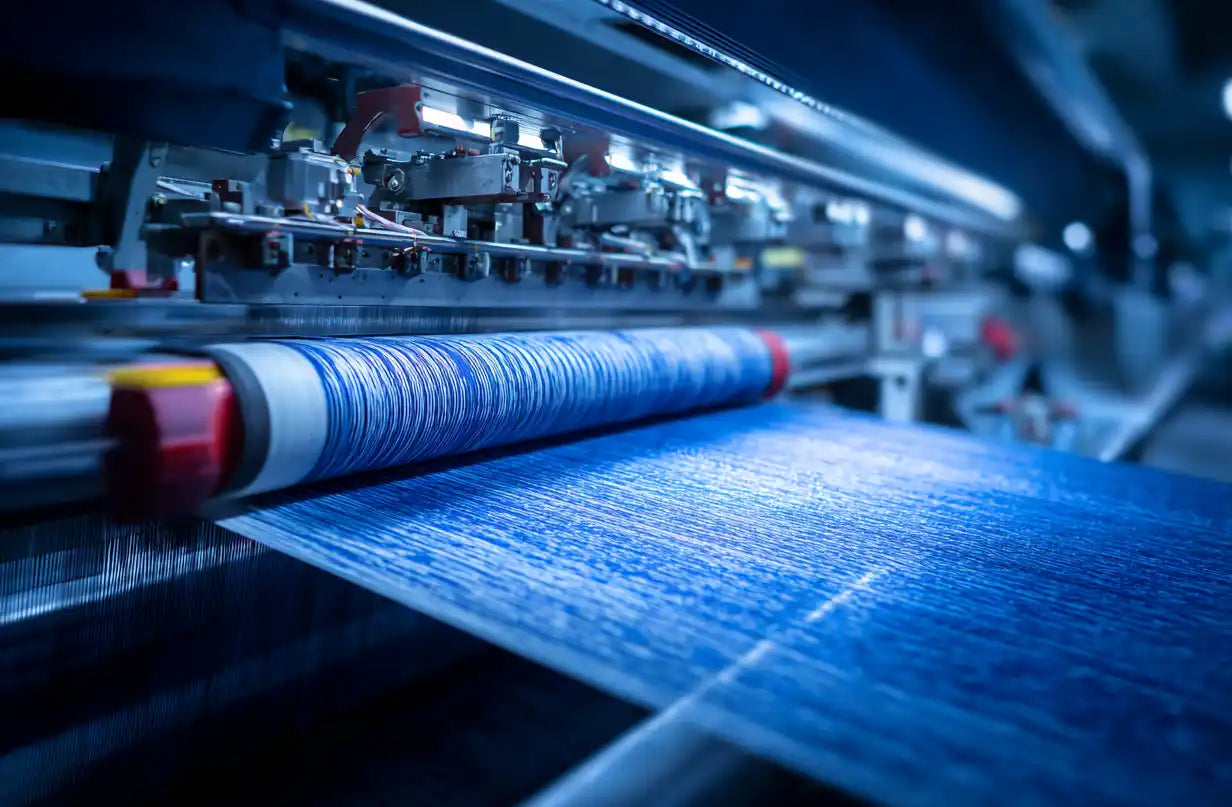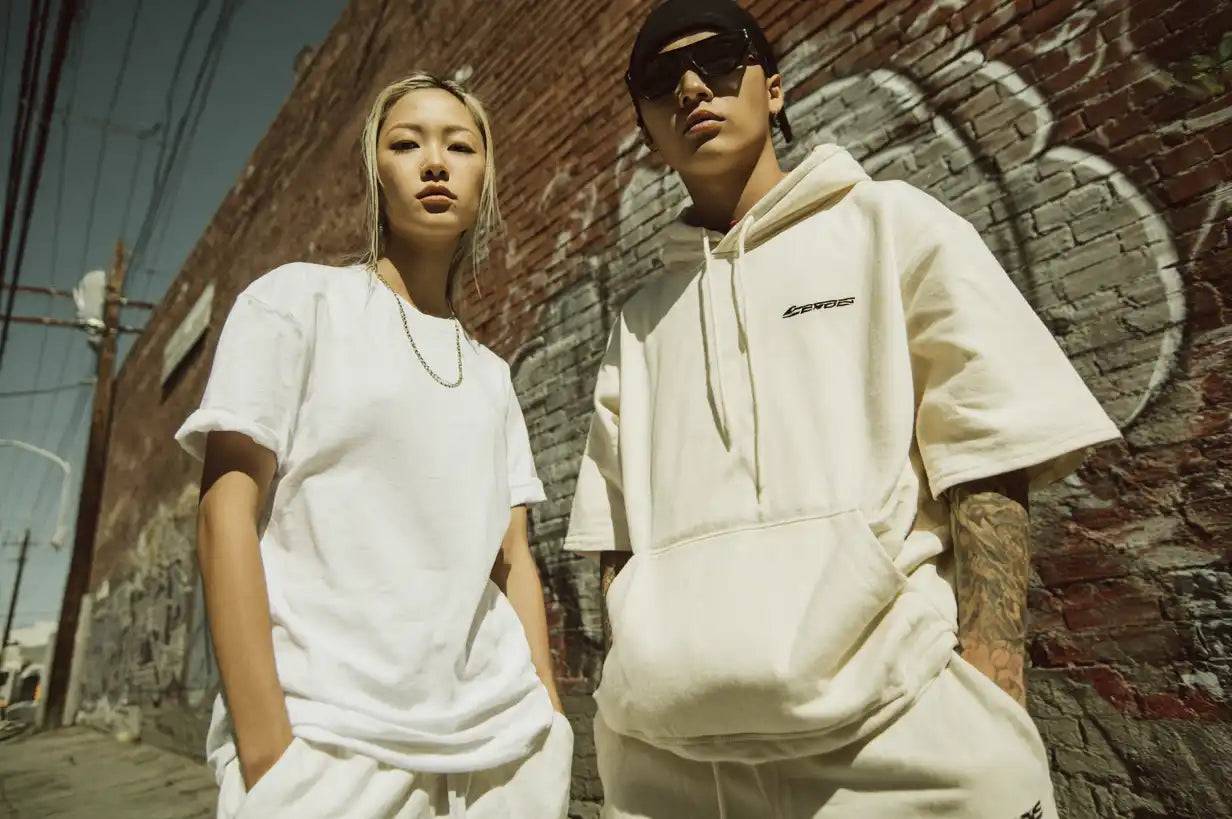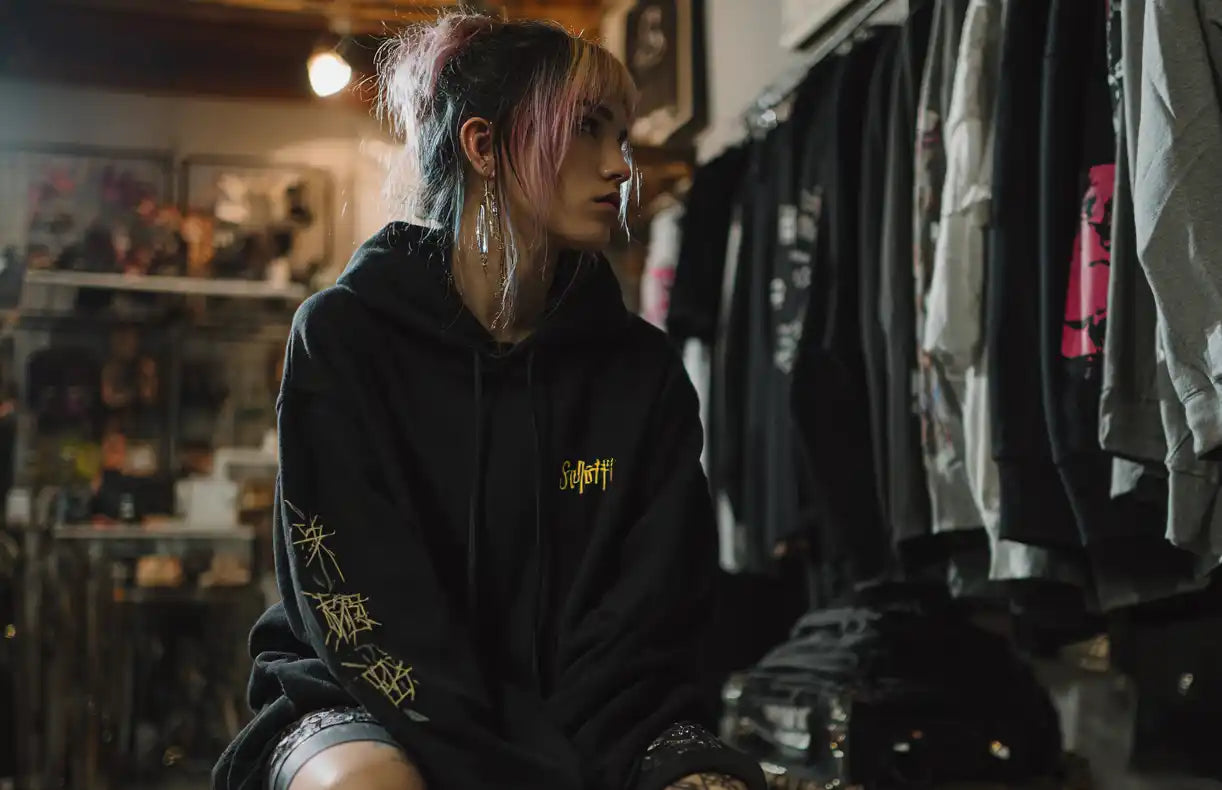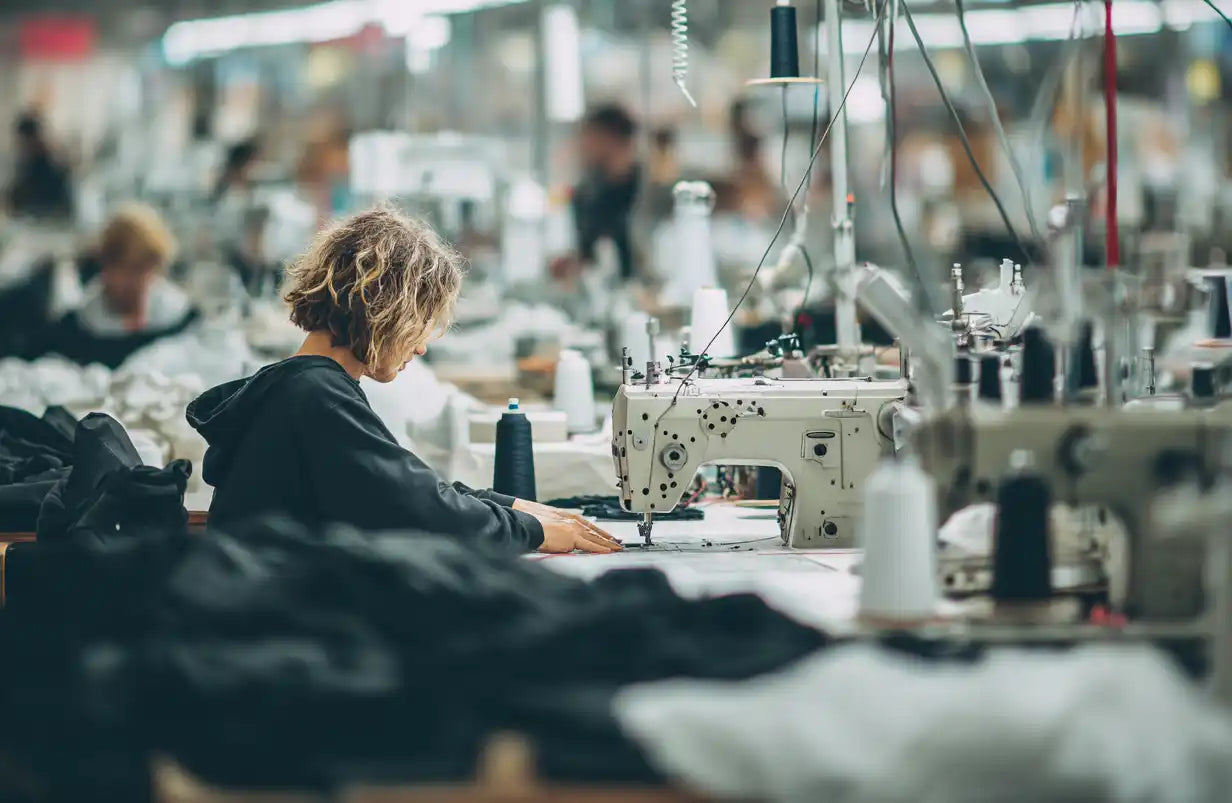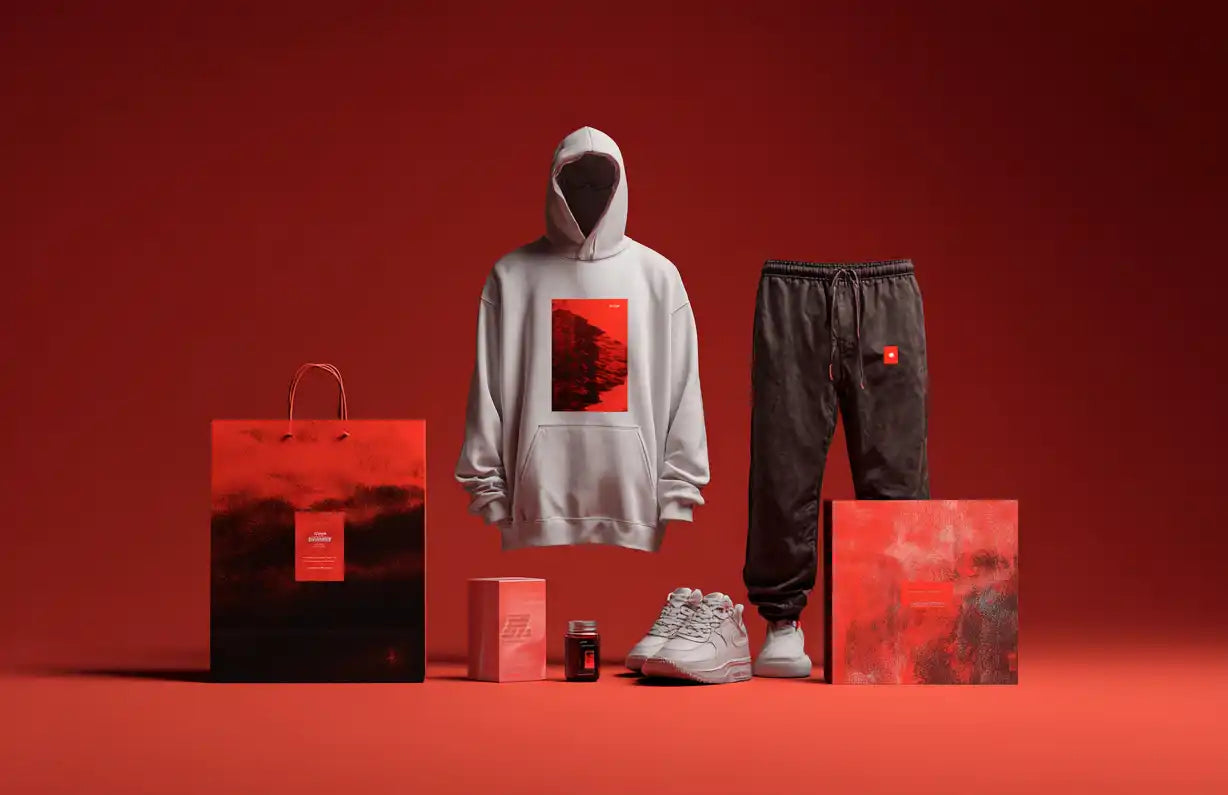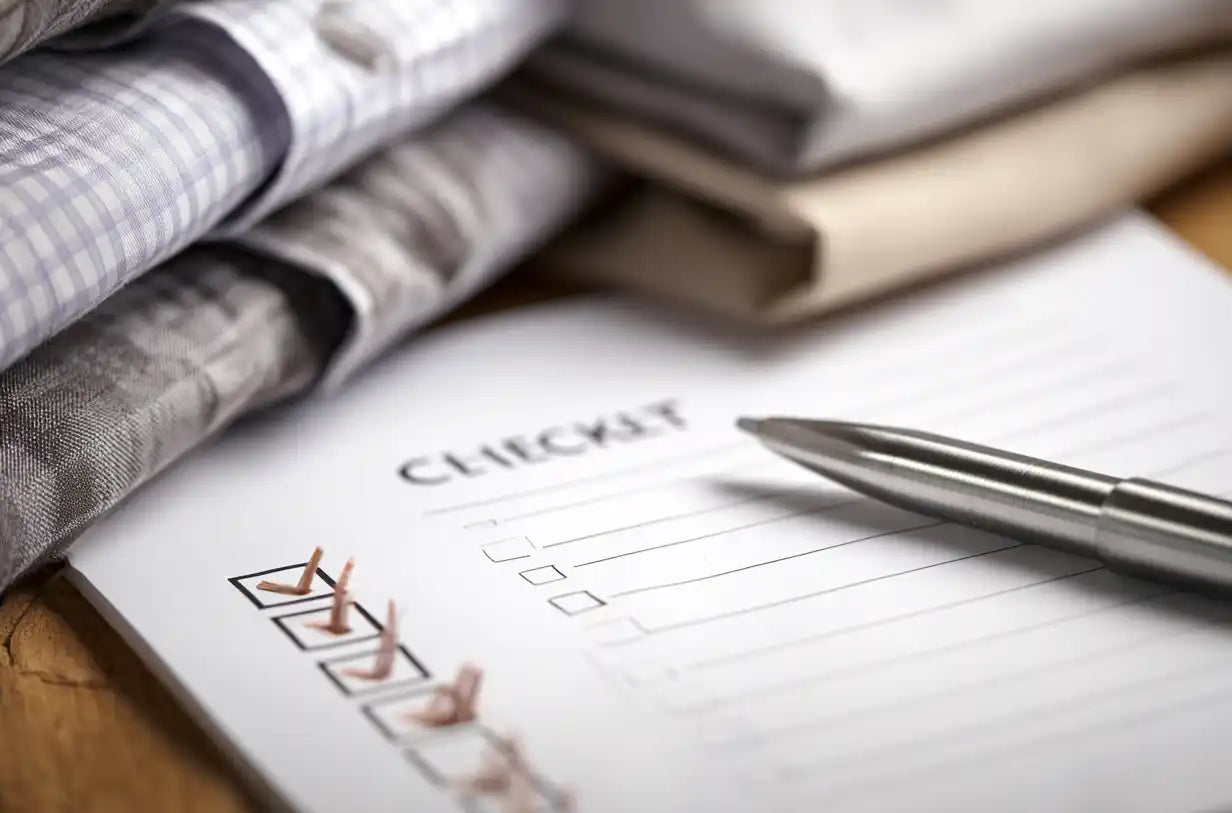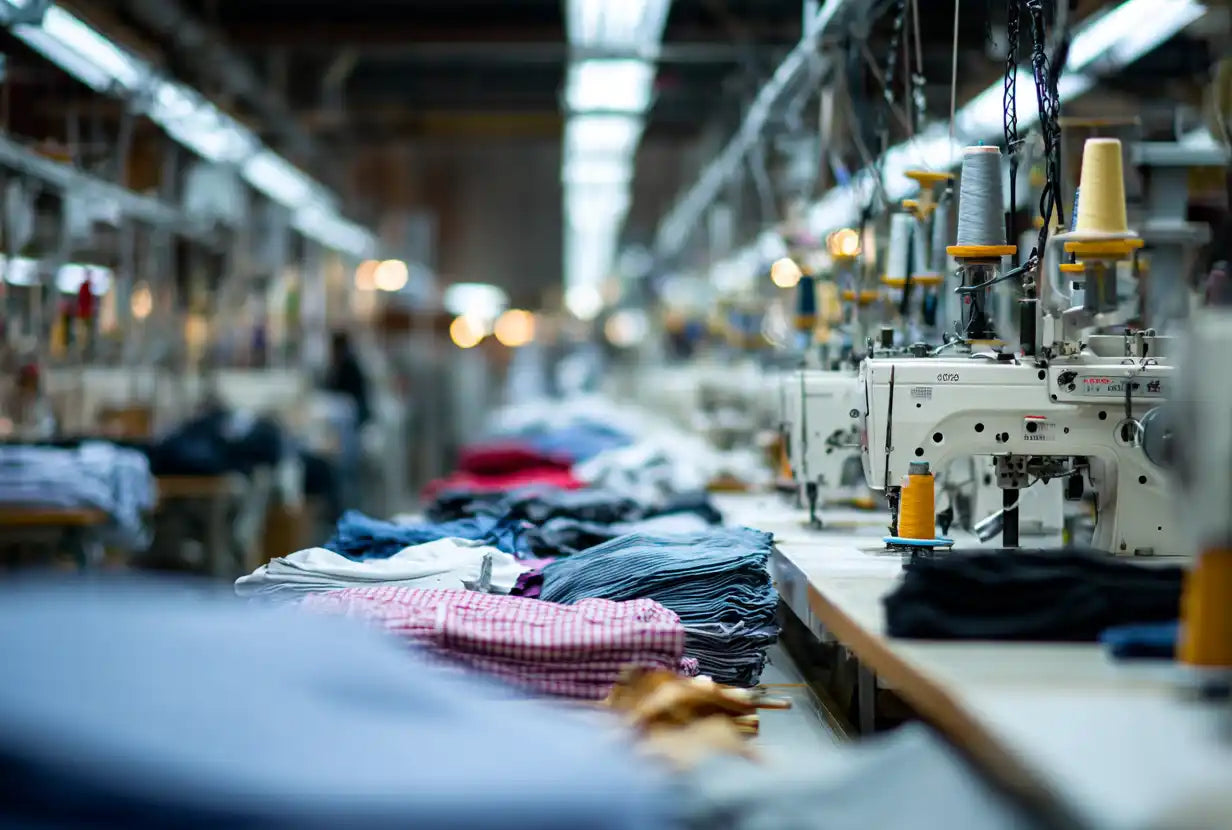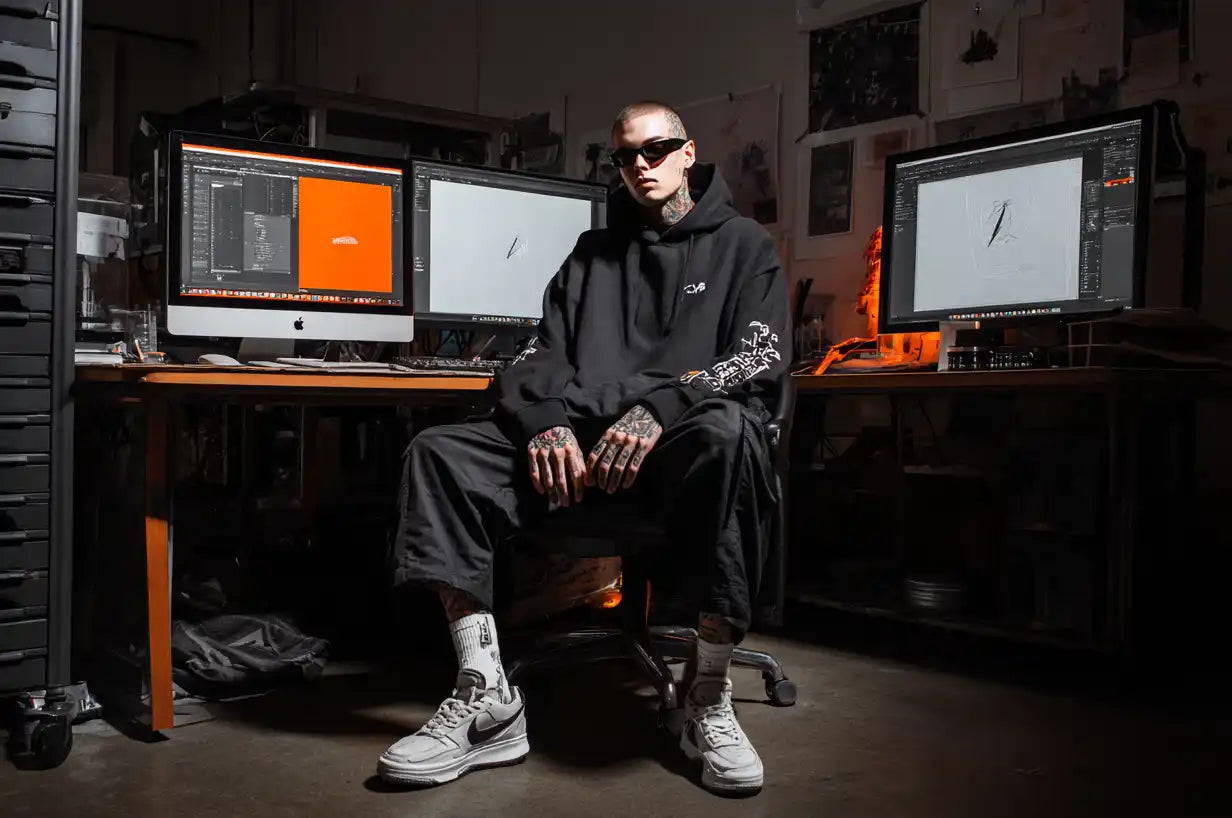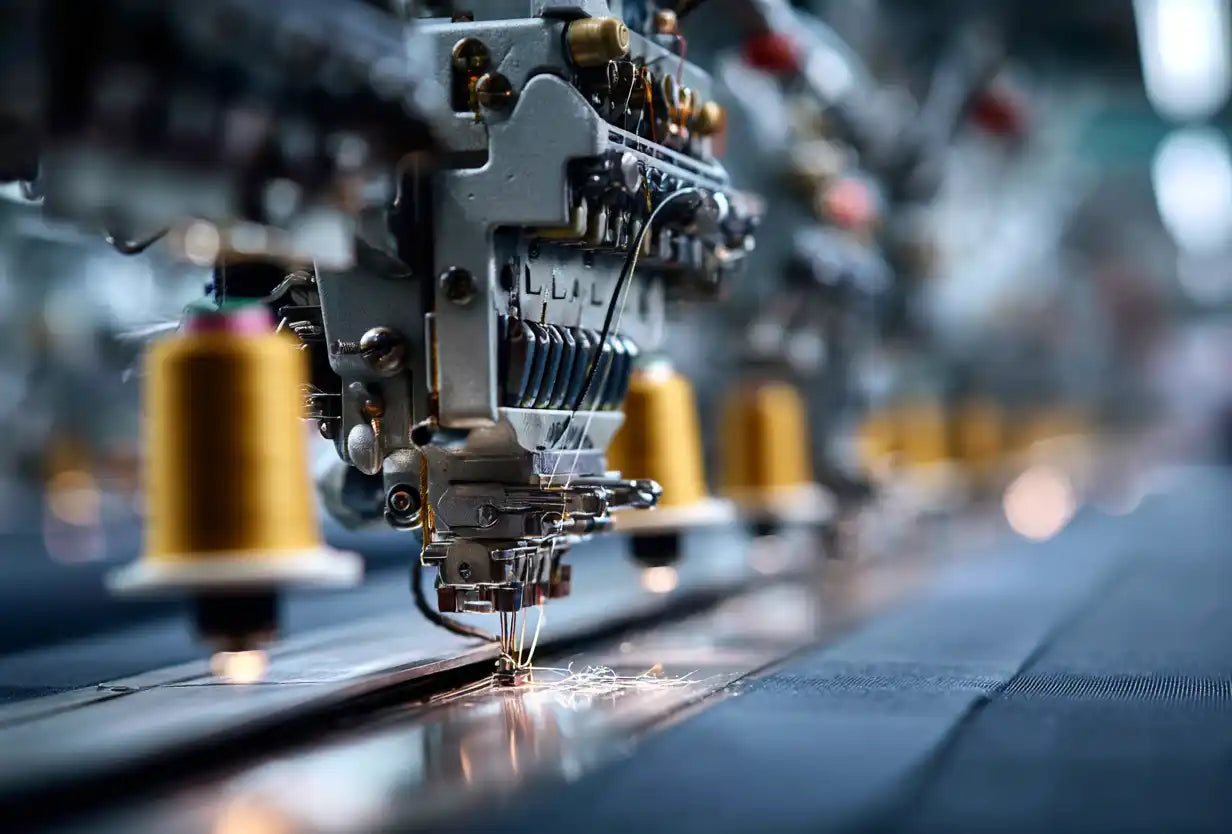Introduction: Why Picking the Right Legging Manufacturer Matters in 2025
The global athleisure market is projected to reach $660 billion by 2030 (Grand View Research). Yet 68% of consumers say they will not repurchase leggings that pill, sag, or become see-through after three washes. For brand owners, choosing the wrong supplier doesn't just waste capital — it damages your reputation and kills repeat business.
In this mini series we will cover the following topics :
- Upgrade Your Legging Supplier
- Picking the right Leggings Manufacturer
- Fabrics for Leggings
This guide walks you step-by-step through selecting the best legging manufacturer in 2025, covering technical quality, compliance, costs, lead times, and red flags — plus a practical checklist you can use when vetting suppliers.
Key Criteria When Choosing a Legging Manufacturer
1. Fabric & Material Innovation
Your fabric choice will make or break your product's success. In 2025, top-performing athleisure brands are using:
- GRS-certified recycled polyester (Global Recycled Standard)
- Bio-based elastane (30–40% lower carbon footprint)
- PFAS-free DWR finishes (for water repellency without "forever chemicals")
Pro Tip: Always request swatches and perform a squat test under bright light — leggings must remain opaque even under maximum stretch.
2. Production Techniques & Capabilities
High-end manufacturers now offer:
- Flatlock stitching → prevents chafing and gives a premium, seamless look.
- Seamless knitting → eliminates bulky seams and reduces material waste.
- Digital sublimation printing → sharp designs with no cracking or fading.
Featured Snippet Tip: The best legging manufacturers combine flatlock stitching with 4-way stretch fabrics to maximize durability and comfort.
3. Compliance & Certifications
In 2025, buyers face stricter compliance requirements. Prioritize suppliers with:
- ISO 9001 / BSCI / WRAP / SA8000 (quality + social compliance)
- OEKO-TEX Standard 100 certification
- UFLPA compliance (Uyghur Forced Labor Prevention Act)
4. Minimum Order Quantity (MOQ) & Lead Times
Recommended MOQ for new brands: 500–1,000 units (balances cost & inventory risk)
Typical lead times by region:
- Vietnam: 45–60 days
- China: 30–45 days (fastest turnaround)
- Portugal/Turkey: 50–70 days (but higher labor cost, closer to EU/US markets)
5. Cost Breakdown (Average)
| Cost Component | % of Total |
|---|---|
| Fabric & Trims | 40% |
| Labor & Overhead | 30% |
| Testing & Compliance | 10% |
| Freight & Duties | 10% |
| Brand Packaging | 10% |
Tip: If a supplier's price is significantly lower than market average, request proof of certifications and material specs — low cost may mean compromised ethics or quality.
Manufacturing Region Comparison
| Region | Cost | Quality | Lead Time | Sustainability | Best For |
|---|---|---|---|---|---|
| China | Lowest | Good-Excellent | 30-45 days | Improving | Large volume, cost-sensitive |
| Vietnam | Low | Good | 45-60 days | Good | Mid-volume, diversification |
| Portugal | High | Excellent | 50-70 days | Excellent | Premium brands, EU market |
| Turkey | Medium-High | Excellent | 50-70 days | Good-Excellent | Fast fashion, EU proximity |
Step-by-Step Manufacturing Process
- Tech Pack Creation – Provide detailed specs (measurements, stitching, colors).
- Fabric Sourcing & Testing – Perform GSM, pilling (< Grade 3), and colorfastness tests.
- Sample Development & Fit Review – Always do 2–3 sample iterations.
- Bulk Production – Monitor inline inspections.
- Final QC & Compliance Testing – Include third-party lab testing.
- Shipping & Logistics – Choose FOB or DDP based on budget.
Production Timeline Visualization
Typical Timeline: 45-90 Days Total
- Week 1-2: Sampling & Approval
- Week 3-8: Bulk Production & Quality Control
- Week 9-12: Shipping & Customs Clearance
Red Flags to Watch For
- No verifiable factory address or certifications
- MOQ significantly higher than 2,000 units for first-time orders
- Refusal to provide third-party lab test reports
- Lack of English-speaking merchandiser or account manager
- Unwillingness to sign a robust Manufacturing Agreement that protects your IP
Quick RFP Checklist (Copy & Use)
- ✅ Factory name, location, years in business
- ✅ GRS / OEKO-TEX / ISO certificates (PDF)
- ✅ Past client references
- ✅ Cost breakdown per style
- ✅ Lead time from deposit to delivery
- ✅ Sample cost & sample lead time
- ✅ Payment terms (deposit %, balance terms)
Sample Email Templates
Initial Supplier Inquiry
Subject: Manufacturing Inquiry - [Your Brand Name] Legging Production
Dear [Manufacturer Name],
We are [Your Brand Name], seeking manufacturing partners for our upcoming legging collection. We're interested in your capabilities for:
- High-waisted athletic leggings with 4-way stretch
- Initial MOQ: 500-1,000 units per style
- GRS-certified fabrics and OEKO-TEX certification
Could you please share your manufacturing capabilities, compliance certifications, and general cost structure?
Best regards,
[Your Name]
Frequently Asked Questions
What is the typical minimum order quantity for leggings?
Most manufacturers require 500-1,000 units per style for initial orders. Some may offer lower MOQs (200-300) for sampling or new brand programs, but at higher per-unit costs.
How do I test legging quality before production?
Request fabric swatches and perform these tests: squat test for opacity, stretch recovery test, pilling test (rub fabric 5,000+ times), and colorfastness wash test.
What certifications are most important for leggings?
Prioritize OEKO-TEX Standard 100 (chemical safety), GRS (recycled materials), and social compliance certifications like BSCI or WRAP for ethical manufacturing.
How much does it cost to manufacture leggings?
Costs range from $8-25+ per unit depending on fabric complexity, manufacturing region, and order quantity. European production typically costs 30-50% more than Asian manufacturing.
What's the difference between seamless and flatlock leggings?
Seamless leggings are knitted in one piece with minimal seams, while flatlock leggings have sewn seams that lie flat against the skin. Seamless offers better comfort; flatlock provides more design flexibility.
How long does legging production take?
From approved sample to delivery: 30-45 days in China, 45-60 days in Vietnam, and 30-45 days in Portugal/Turkey. Add 2-4 weeks for sampling and development.
Conclusion & Next Steps
Choosing the right legging manufacturer in 2025 requires balancing cost, quality, compliance, and sustainability. The most successful brands prioritize transparent partnerships over chasing the lowest price.
Your Immediate Action Plan:
- Shortlist 3-5 manufacturers from different regions based on your priorities
- Use the RFP checklist to gather comparable quotes and documentation
- Request and evaluate physical samples from your top 2-3 choices
- Conduct reference checks with their current clients
- Negotiate clear terms in a manufacturing agreement before payment
Remember: Your manufacturer is a long-term partner in building your brand's reputation. Invest time in the selection process, and you'll build a foundation for sustainable growth and customer loyalty.
Ready to start? Download our complete manufacturer evaluation worksheet and begin vetting suppliers today.

